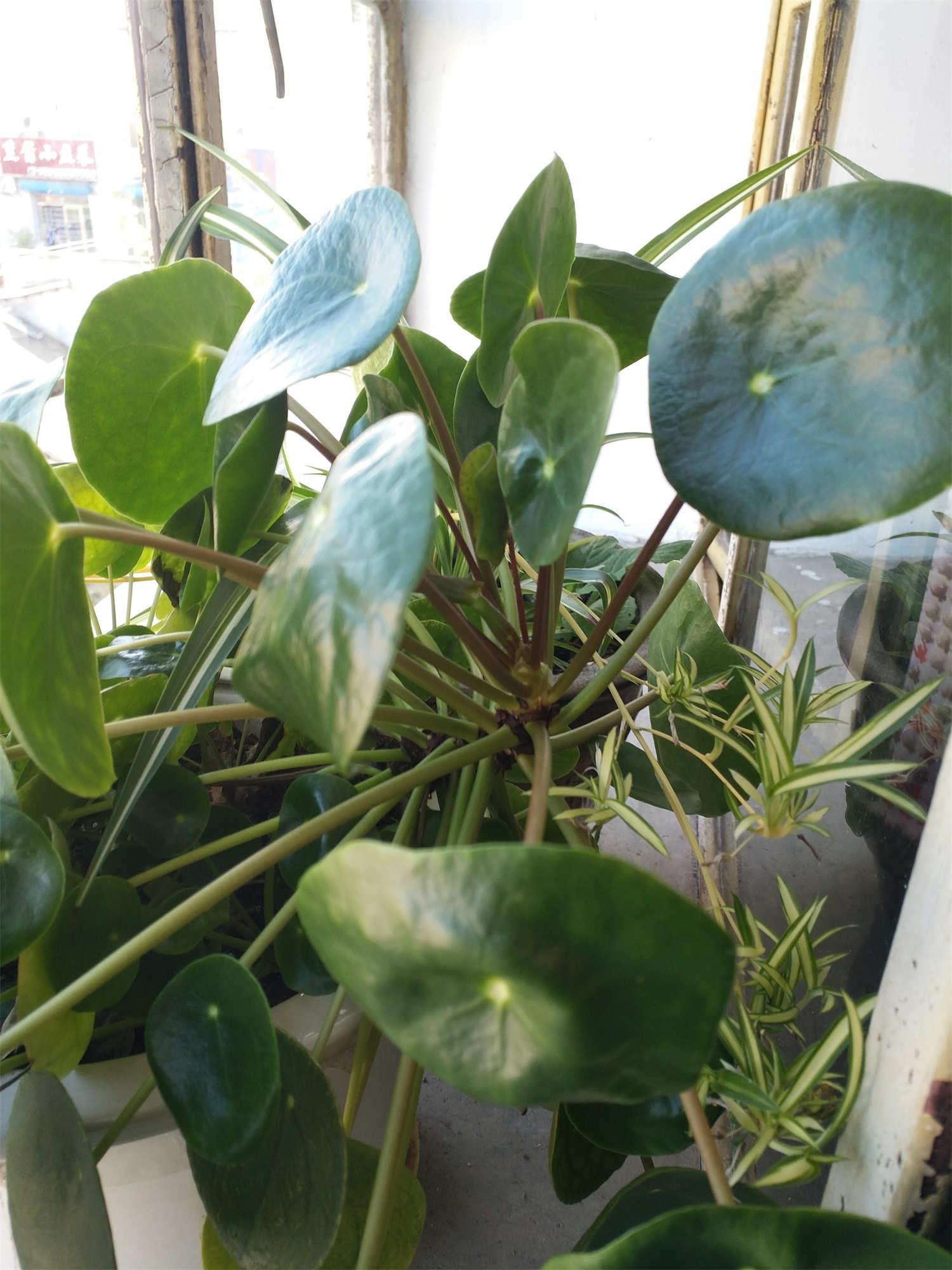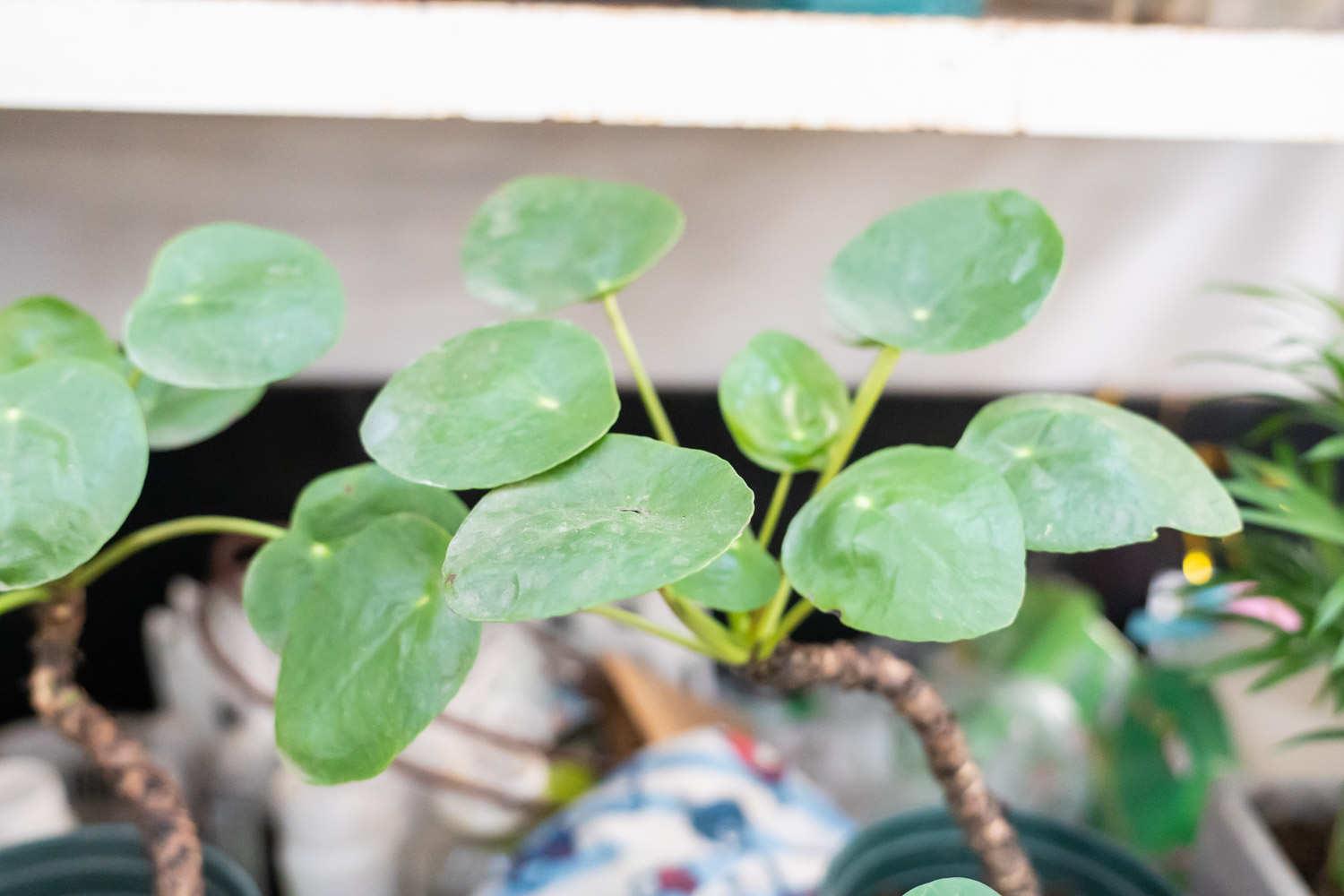How to grow mirror grass
Last Update :2024.11.06
Article Catalog
Things to note when raising mirror grass
Soil: Loose, fertile, humus-rich sandy loam is required; Light: Scattered light is appropriate, and full sunlight can be given in winter; Temperature: The suitable temperature is 15-20°C, and the winter temperature is above 7°C; Moisture: maintain The pot soil should be moist, water less when the temperature is lower than 12°C in winter; fertilization: water with thin fertilizer.

How to grow mirror grass
How to cultivate mirror grass
Soil
The soil for potting can be leaf mold soil, garden soil and a little river soil. Culture soil prepared by mixing sand, furnace ash and bone meal. Loose, fertile, well-drained sandy loam soil rich in humus is preferred.
For home cultivation, you can use a mixture of 3 parts of humus soil + 3 parts of garden soil + 2 parts of river sand or furnace ash + 1 part of decomposed organic fertilizer. When planting, there should be well-drained humus soil mixed with sand; and use tiles to pad the bottom of the pot to facilitate drainage.
Light
Mirror grass is a shade-tolerant plant, but it also likes sunlight. It should not be exposed to strong sunlight and diffused light is preferred.
If the light is too strong or too shaded, the brightness of the leaves will easily fade or disappear. When it is too shaded, the leaves will easily become thinner and the petioles will become longer, causing the leaves to droop. When the temperature is low in winter, full sun care can be given.
Temperature
The suitable growth temperature is between 15-20℃, and it should be kept above 7℃ during winter, otherwise it will easily fall leaves or even die from freezing damage. . When the temperature is above 30℃ in summer, growth will stagnate and the leaves will fall off easily.
In particular, it is important to note that a sudden drop in temperature will cause the leaves and stems to change color and partially fall off. If the leaves fall off due to frost damage, but if the stems are not damaged, they can be maintained and managed according to regular overwintering, and the leaves can be planted again in the spring of the new year. Do not place it under strong direct sunlight in summer.
Moisture
Mirror grass likes water but is afraid of waterlogging. It can keep the pot soil moist. Drought is prone to wilting and drooping. In severe cases, the leaves will appear wrinkled or yellow. die. When the temperature is lower than 12℃ in winter, the frequency of watering must be controlled, otherwise it is easy to rot and is not conducive to overwintering.
The pot should be kept moist during the entire growth period. It can be relatively dry in winter, but dryness must not occur, otherwise the leaves will easily wither and turn black. Water is often sprayed on and around the leaves during the dry season, creating a humid environment.
Fertilization
Mirrorgrass has fleshy stems and leaves and is intolerant of thick and heavy fertilizers. It should be fertilized in small amounts and multiple times. It is most suitable to irrigate with thin fertilizer and water.
Propagation methods
Divisions and cuttings are often used for home maintenance of mirror grass. In Yunnan, seeds can also be used for propagation.

Mirror Grass Domestic Precautions
< p>Common diseases and insect pests of mirror grass
Common pests of mirror grass: scale insects, cotton scales
Common diseases of mirror grass: Anthracnose and leaf spot
How to safely spend the summer with mirror grass
Summer is hot and humid. Apply as little or no nitrogen fertilizer as possible to avoid plant rot. The roots may even die.
The light is strong in summer, so avoid exposure to the scorching sun and provide appropriate shade.

Things to note when raising mirror grass
- END -
What flower has the best meaning and symbol?

Rose is a symbol of love, meaning pure and beautiful feelings, symbolizing love fo...
How to grow corn in saline-alkali land

If you want to grow corn in saline-alkali land, you must first improve the soil qu...